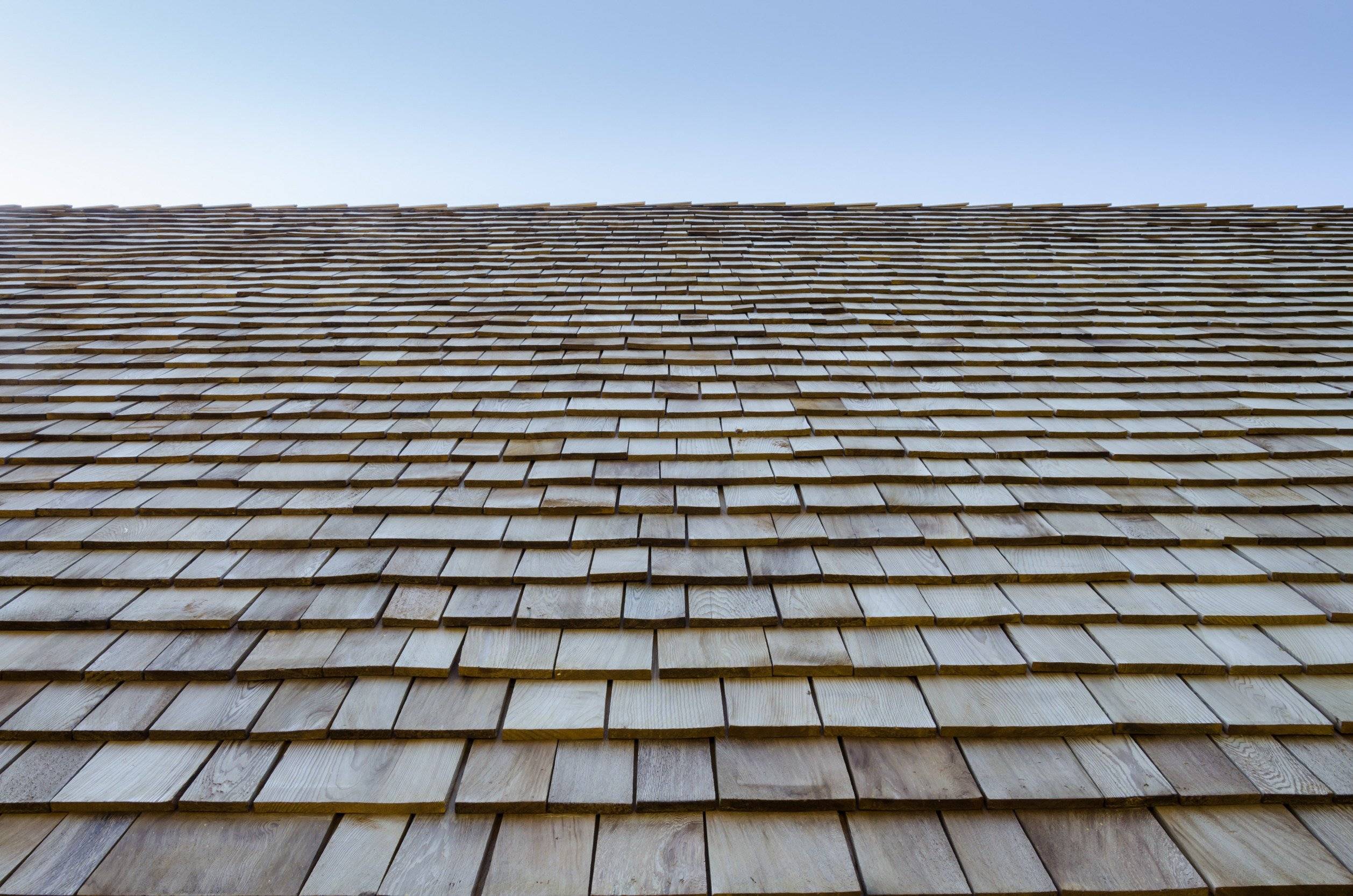Introduction
Choosing the right roofing material is crucial for the long-term durability, aesthetics, and value of your home. In the realm of natural wood roofing, cedar shingles are well known for their natural beauty and durability.
But did you know that not all cedar shingles are the same? The two primary types – white and red cedar – have key differences that could influence your selection. Let’s dive into the distinguishing features of white cedar shingles and red cedar shingles.
The heartwood of both red and white cedar is naturally resistant to decay, unlike the sapwood. While most reference guides rank the rot resistance of these two cedar species’ heartwood as relatively similar, many carpenters have found red cedar to be slightly more robust against decay.
With white cedar, it’s often challenging to distinguish between the heartwood and sapwood. As a result, there’s a good chance that some sapwood may be mixed in with heartwood grades.
Another factor could be the grain orientation, which significantly impacts the durability of shingles. The highest quality red cedar shingles (#1) are exclusively heartwood, clear, and vertical grained (quartersawn).
Conversely, the top-grade white cedar shingles (extra clear) are also all heartwood and clear but are usually flat sawn. Nonetheless, like all flat sawn lumber, some portion of this material does have a vertical grain.
Given that wood tends to shrink and swell twice as much along the growth rings compared to perpendicular to them, vertical-grain shingles maintain a flatter profile on roofs or walls even after undergoing numerous wet and dry cycles.
Therefore, flat-grained white cedar shingles are more susceptible to cupping, splitting, and failing, which could lead someone to caution against using white cedar shingles for roofing.
In terms of longevity, you can expect a well-made red cedar roof to last up to 30 years, whereas a white cedar roof would likely have a shorter lifespan.
White Cedar Shingles
White cedar, also known as Eastern White Cedar, grows primarily in the northeastern regions of North America. The following are some of its unique features:
Color and Aesthetics: Freshly cut white cedar shingles possess a beautiful, silvery white hue, which weathers to a classic, silvery gray patina over time. Their light, uniform coloring adds an element of subtlety and elegance to your home’s exterior.
Durability and Lifespan: White cedar shingles are incredibly durable, mainly due to their natural resistance to moisture, decay, and insects. They’re lighter in weight than red cedar, which can make installation easier. With proper care and maintenance, white cedar shingles can last between 20 and 30 years.
Sustainability: White cedar is a renewable and sustainable roofing material choice, with less impact on the environment compared to some other options.
Red Cedar Shingles
Western Red Cedar, is primarily found in the Pacific Northwest region of North America. Here’s what sets red cedar shingles apart:
Color and Aesthetics: As the name suggests, red cedar shingles sport a rich, reddish-brown color when new, which gradually weathers to a more muted, silvery hue. The vibrant color of red cedar shingles offers a striking, warm aesthetic that complements a wide variety of architectural styles.
Durability and Lifespan: Red cedar shingles are known for their exceptional durability and longevity. They’re thicker and denser than white cedar, which offers superior resistance to harsh weather conditions. If properly installed and maintained, red cedar shingles can last anywhere from 30 to 40 years.
Sustainability: Red cedar is also a renewable and sustainable choice, although its harvesting impacts can be slightly higher due to the geographical locations of these trees.
Price Comparison
The price difference between white and red cedar shingles can vary significantly based on factors like the source, quality, and treatment of the wood, as well as the region in which you live. Typically, red cedar shingles tend to be more expensive due to their superior durability and thickness.
Cedar Shingle Alternative
Consider Wallaba wood shingles:
Wallaba shingles are a type of wood shingle made from the Wallaba tree (Eperua falcata). Wallaba is native to South America, including countries like Guyana, Suriname, and French Guiana. Wallaba shingles are known for their durability, longevity, and natural resistance to decay, insects, and fire.
They contain a high natural resin content, which gives it resistance to decay and insect infestations, as well as enhanced fire resistance compared to other types of wood shingles.
The reddish-brown color of Wallaba wood is attractive and can weather to a silver-gray hue over time.
Wallaba shingles are less common than cedar, mainly due to limited availability and higher costs. However, they can last up to 50 years or more if properly installed and maintained, making them a durable and long-lasting option for roofing and siding.
Final Thoughts
Both white and red cedar shingles have unique characteristics that make them a fantastic choice for homeowners seeking natural beauty and functionality. The decision between the two ultimately comes down to personal preference, budget, and specific project requirements.
Consider upgrading to Wallaba wood shingles since they are significantly more durable and at a similar price range

